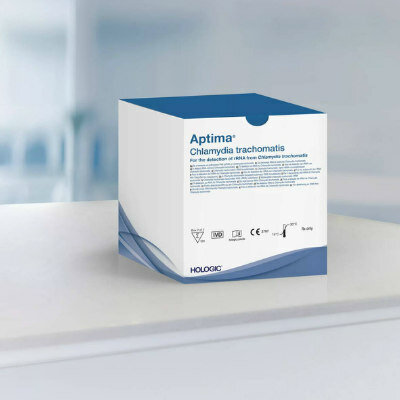Improved Molecular Backbone Enhances Function of RNA Interference Tools
By LabMedica International staff writers
Posted on 31 Dec 2013
Biotechnology researchers have reported significant progress in the development of synthetic RNAi (RNA interference) tools by enhancing the efficiency of the molecule's 30-nucleotide backbone.Posted on 31 Dec 2013
Investigators at Mirimus Inc. (Cold Spring Harbor, NY, USA) have been working to improve short hairpin RNA (shRNA) technology to better enable stable and regulated gene repression.
A short hairpin RNA (shRNA) is a snippet of RNA that contains a structural tight hairpin turn and that can be used to silence gene expression via RNA interference. The shRNA hairpin structure is cleaved by the cellular machinery into siRNA (short interfering RNA), which is then bound to the RNA-induced silencing complex (RISC). This complex knocks out gene expressing by binding to and cleaving mRNAs, which match the siRNA that is bound to it.
However, due to incomplete understanding of natural microRNA synthesis, artificial shRNAs often fail to trigger potent gene knockdown, especially when expressed from a single genomic copy. The investigators reported in the December 12, 2013, online edition of the journal Cell Reports that they had identified a conserved element 3′ of the basal stem as critically required for optimal shRNA processing and incorporated it into an optimized backbone that they called “miR-E,” which strongly increased mature shRNA levels and knockdown efficacy.
The investigators stated that existing miR-30 reagents could easily be converted to miR-E, and its combination with up-to-date design rules established a validated and accessible platform for generating effective single-copy shRNA libraries.
First author Dr. Christof Fellmann, senior researcher at Mirimus, said, "The molecular underpinnings of efficient gene silencing are yet to be fully understood. Potent RNAi triggers are rare and have to be identified among hundreds to thousands of possibilities for each gene. To advance current techniques, we looked at the evolutionary conservation of natural RNAi triggers to build enhanced synthetic analogues. This advancement is highly relevant to reduce to practice the great promise of RNAi for drug discovery and biomedical research."
Related Links:
Mirimus Inc.














